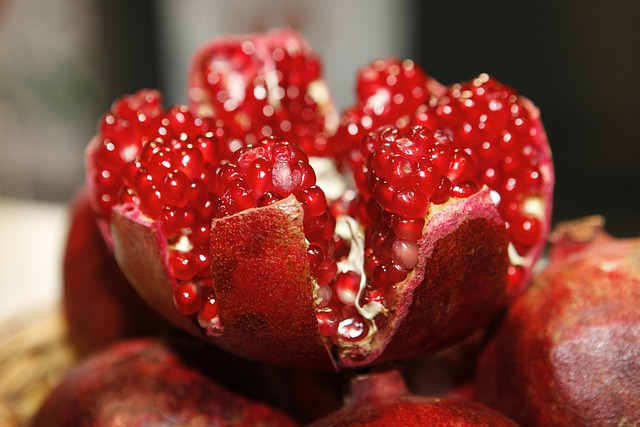Journey into the Microbiome: How Probiotics Restore Harmony from Within
Our bodies are home to trillions of microorganisms, collectively known as the microbiome. This vast community of bacteria, viruses, fungi, and other microorganisms plays a crucial role in our overall health and well-being. In recent years, there has been a growing interest in harnessing the power of probiotics to restore and maintain a healthy microbiome. But what are probiotics, and how do they work?
Understanding the Microbiome
The microbiome is a complex ecosystem that exists primarily in our gut, although it is present throughout our bodies. It consists of diverse microorganisms that interact with each other and with our own cells. These microorganisms help us digest food, produce essential nutrients, regulate our immune system, and even influence our mood and behavior.
When the microbiome is in balance, with a diverse and abundant population of beneficial bacteria, we experience good health. However, when this delicate balance is disrupted, it can lead to various health issues, including digestive problems, allergies, autoimmune diseases, and mental health disorders.
Enter Probiotics
Probiotics are live microorganisms that, when consumed in adequate amounts, provide numerous health benefits by restoring and maintaining a healthy balance in the microbiome. They are often referred to as “good” bacteria because they promote the growth of beneficial microorganisms and inhibit the growth of harmful ones.
Probiotics can be found naturally in certain foods, such as yogurt, kefir, sauerkraut, and kimchi. They can also be taken in the form of supplements. Common types of probiotic bacteria include Lactobacillus and Bifidobacterium, although there are many other strains that offer unique benefits.
How Probiotics Work
Probiotics work in several ways to restore harmony within the microbiome. Firstly, they help to replenish beneficial bacteria that may be depleted due to factors like antibiotic use, poor diet, or stress. By providing an influx of live bacteria, probiotics help to increase the overall diversity and abundance of microorganisms in the gut.
Additionally, probiotics have the ability to compete with harmful microorganisms for resources and attachment sites within the gut. This can prevent the colonization of pathogens and reduce the risk of infection and inflammation. Probiotics also produce various compounds, such as short-chain fatty acids, enzymes, and antimicrobial substances, which contribute to a healthy gut environment.
Furthermore, probiotics can modulate the immune system, helping to regulate the body’s inflammatory response and strengthen the gut barrier. This is particularly important as the gut is our first line of defense against harmful substances and pathogens. By ensuring a strong gut barrier function, probiotics can help prevent the entry of toxins and harmful bacteria into the bloodstream.
The Benefits of Probiotics
Incorporating probiotics into your daily routine can offer a wide range of benefits for your health. Some potential benefits include:
- Improved digestion and absorption of nutrients
- Enhanced immune function
- Reduced risk of gastrointestinal disorders, such as diarrhea, constipation, and irritable bowel syndrome (IBS)
- Alleviation of symptoms associated with lactose intolerance
- Support for mental health and well-being
- Prevention and management of allergies and eczema
It’s important to note that the benefits of probiotics can vary depending on the specific strain or combination of strains used. Different strains have different mechanisms of action and can target specific health conditions more effectively.
Choosing the Right Probiotic
With the growing popularity of probiotics, there is a wide array of products available on the market. When choosing a probiotic supplement, it’s essential to consider factors such as the specific strains included, the dosage, and the manufacturing quality.







